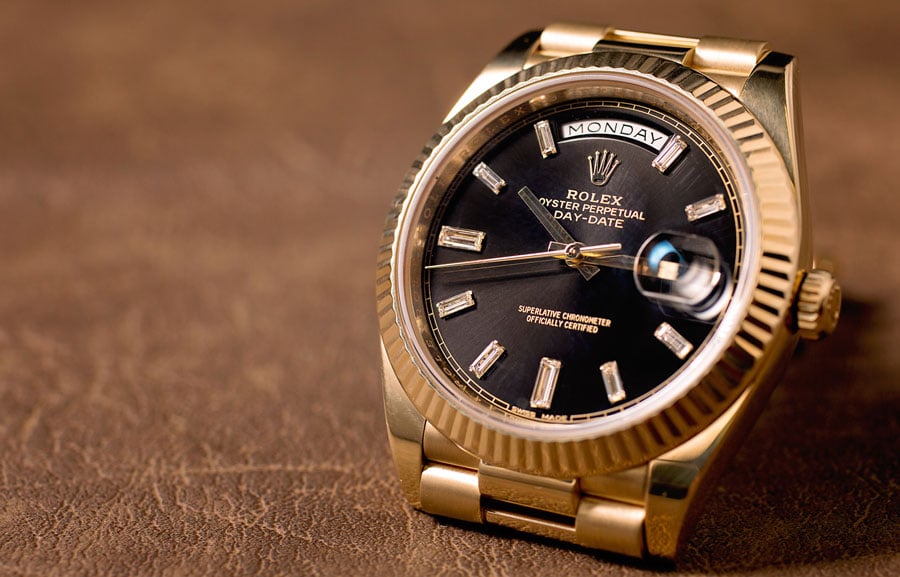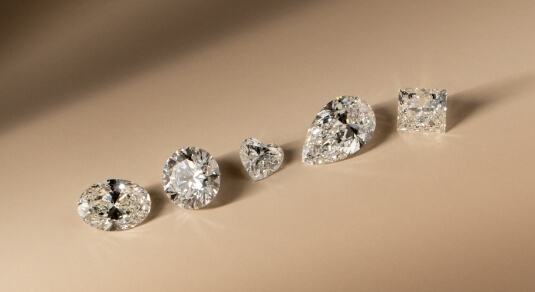While choosing the ideal ring, two indispensable contemplations are ring size and jewel type. This extensive aide will assist you with exploring the complexities of ring size chart and investigate the advantages of lab grown diamonds.
Why Precise Ring Size Matters
Choosing the right ring size guarantees solace and life span. An evil fitting ring can be awkward and may cause harm after some time. To precisely decide your ring size, utilize a ring size chart, which gives a standard estimation framework utilized worldwide.
Instructions to Quantify Your Ring Size
Utilize a Ring Sizer: Ring sizers, available on the web or at gems stores, offer the most reliable estimation.
String Technique: Fold a string over your finger, mark where it covers, then, at that point, measure the length with a ruler.
Measure a Current Ring: Assuming you have a ring that fits impeccably, measure its inner width and allude to a ring size chart.
Understanding Ring Size Charts
Global Ring Size Change
Ring sizes change universally. Understanding global changes can guarantee you get the right fit, particularly while shopping on the web or universally.
US and Canada: Estimated in mathematical sizes.
UK and Australia: Uses in order sizes.
Europe: Estimated in millimeters, in view of the perimeter.
Standard Ring Size Chart
Here is a fundamental outline of normal ring sizes across various districts:
In the US and Canada, ring sizes are estimated mathematically, with size 4 relating to a breadth of 14.8 mm, size 5 to 15.7 mm, size 6 to 16.5 mm, size 7 to 17.3 mm, size 8 to 18.1 mm, and size 9 to 19.0 mm. In UK and Australia, these sizes convert to alphabetic qualities: size H for US size 4, J 1/2 for US size 5, L 1/2 for US size 6, N 1/2 for US size 7, P 1/2 for US size 8, and R 1/2 for US size 9. In Europe, the estimations are regularly given in millimeters comparing to the periphery: 47 mm for size 4, 49 mm for size 5, 52 mm for size 6, 54 mm for size 7, 57 mm for size 8, and 60 mm for size 9.
The Ascent of Lab Grown Diamonds
What Are Lab Grown Diamonds?
Lab grown diamonds, otherwise called engineered or refined diamonds, are made involving progressed mechanical cycles in controlled laboratory conditions. They show a similar physical, compound, and optical properties as regular diamonds.
Benefits of Lab Grown Diamonds
Moral Obtaining: Lab grown diamonds stay away from the moral situations related with mining, like clash diamonds.
Ecological Effect: Delivering diamonds in a lab diminishes natural harm brought about by conventional mining.
Cost Viability: Lab grown diamonds regularly cost 20 40% not exactly their normal partners while keeping up with indistinguishable quality.
Comparing Lab Grown and Regular Diamonds
Visual and Actual Properties
Lab grown diamonds and normal diamonds are practically undefined to the unaided eye. The two sorts have indistinguishable hardness and splendor, making lab grown diamonds a suitable option for top notch gems.
Certificate and Reviewing
Very much like normal diamonds, lab grown diamonds go through thorough reviewing and affirmation by trustworthy gemological organizations, for example, the Gemological Establishment of America (GIA) and the Global Gemological Foundation (IGI). These certificates guarantee the quality and genuineness of the diamonds.
Picking the Right Lab Grown Jewel
The Four Cs of Precious stone Quality
While choosing a lab grown precious stone, think about the Four Cs: Carat, Cut, Variety, and Clearness. These elements decide the precious stone’s general appearance and worth.
Carat: Measures the jewel’s weight. Bigger carats demonstrate a bigger precious stone.
Cut: Decides how well the precious stone mirrors light. A very much cut precious stone shines splendidly.
Variety: Evaluates the precious stone’s dryness. The less variety, the higher the grade.
Clearness: Assesses the presence of inner or outside defects. Higher clearness implies less defects.
Famous Jewel Shapes
Lab grown diamonds are available in different shapes, each offering a remarkable stylish:
Round: Exemplary and generally famous, known for its splendor.
Princess: Square formed, contemporary, and rich.
Emerald: Rectangular with step cuts, featuring lucidity.
Pad: Delicate, adjusted edges with a classic vibe.
Oval: Prolonged, causing fingers to seem slimmer.
Caring for Your Lab Grown Precious stone Adornments
Cleaning and Upkeep
To keep up with the brightness of your lab grown precious stone gems, follow these consideration tips:
Standard Cleaning: Clean your diamonds with a gentle cleanser and water arrangement utilizing a delicate brush.
Proficient Review: Have your gems examined yearly by an expert to check for any harm or free settings.
Legitimate Capacity: Store diamonds independently to try not to scratch other gems pieces.
Keeping away from Harm
While diamonds are unimaginably strong, they are not indestructible. Try not to uncover your precious stone gems to cruel synthetic substances or outrageous temperatures, and eliminate them during demanding exercises to forestall harm.
Conclusion
Picking the ideal ring includes understanding both ring size charts and the advantages of lab grown diamonds. By precisely measuring your ring size and considering lab grown diamonds, you guarantee an ideal fit and a dependable, financially savvy decision. Embrace the splendor and moral benefits of lab grown diamonds, and partake in an immortal piece of gems that lines up with your qualities and way of life.






